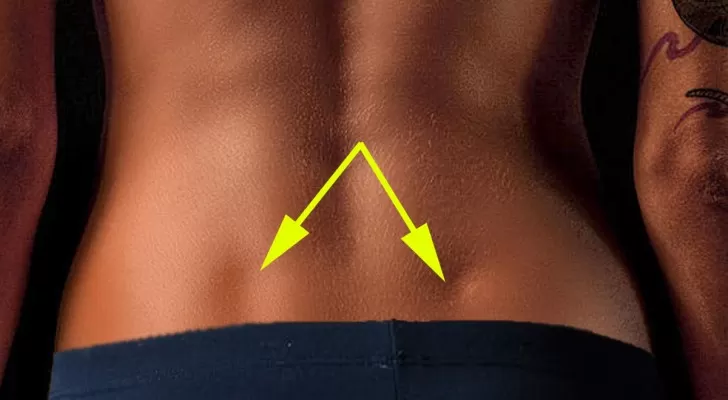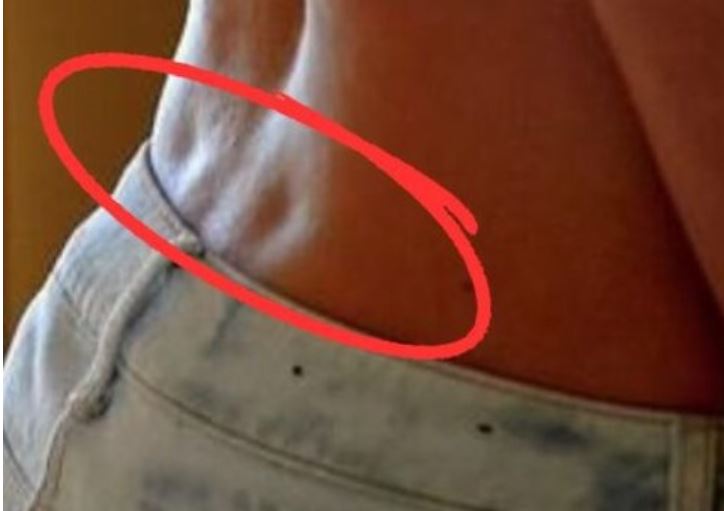Tucked away on the lower back, two small indentations have captivated human imagination for centuries. Known as the “dimples of Venus,” these delicate depressions have become an enduring symbol of physical beauty and attraction. Named after the Roman goddess of love and beauty, Venus, these natural markings continue to fascinate.
Anatomically speaking, the dimples are formed by the sacroiliac joint, where the spine and pelvis meet. The skin’s attachment to underlying ligaments creates a shallow depression, resulting in the characteristic indentations. Genetics alone determine their presence, making them an innate feature that cannot be developed through exercise.

While more common in women, where they contribute to the coveted hourglass figure, men can also possess these dimples, often referred to as “Apollo’s dimples.” Regardless of gender, the dimples’ symmetry and uniqueness have long been admired as an idealized representation of physical beauty.
Their appeal transcends gender, adding to the natural curve of the lower back and creating the illusion of a well-proportioned, sculpted figure. In popular culture, Venus’s dimples are often the envy of others, embodying elegance and sensuality.

Interestingly, these dimples are often compared to other desirable physical traits, such as a strong jawline or defined cheekbones. Yet, unlike these features, Venus’s dimples are solely determined by natural anatomy, making exercise unnecessary for their development. However, for those who possess them, a healthy lifestyle can help accentuate their presence.
For generations, Venus’s dimples have been revered as a symbol of beauty, appreciating the subtle yet distinctive touch they bring to the human form. Their association with ancient gods and goddesses underscores our enduring admiration for the body’s symmetry and beauty.

These effortless imperfections remind us that physical attractiveness comes in many forms, most of which are innate and deserving of appreciation.
In the end, Venus’s dimples remain an captivating aspect of human beauty, inspiring admiration and fascination. Their allure lies not only in their physical presence but also in the cultural significance and timeless appeal they embody.


